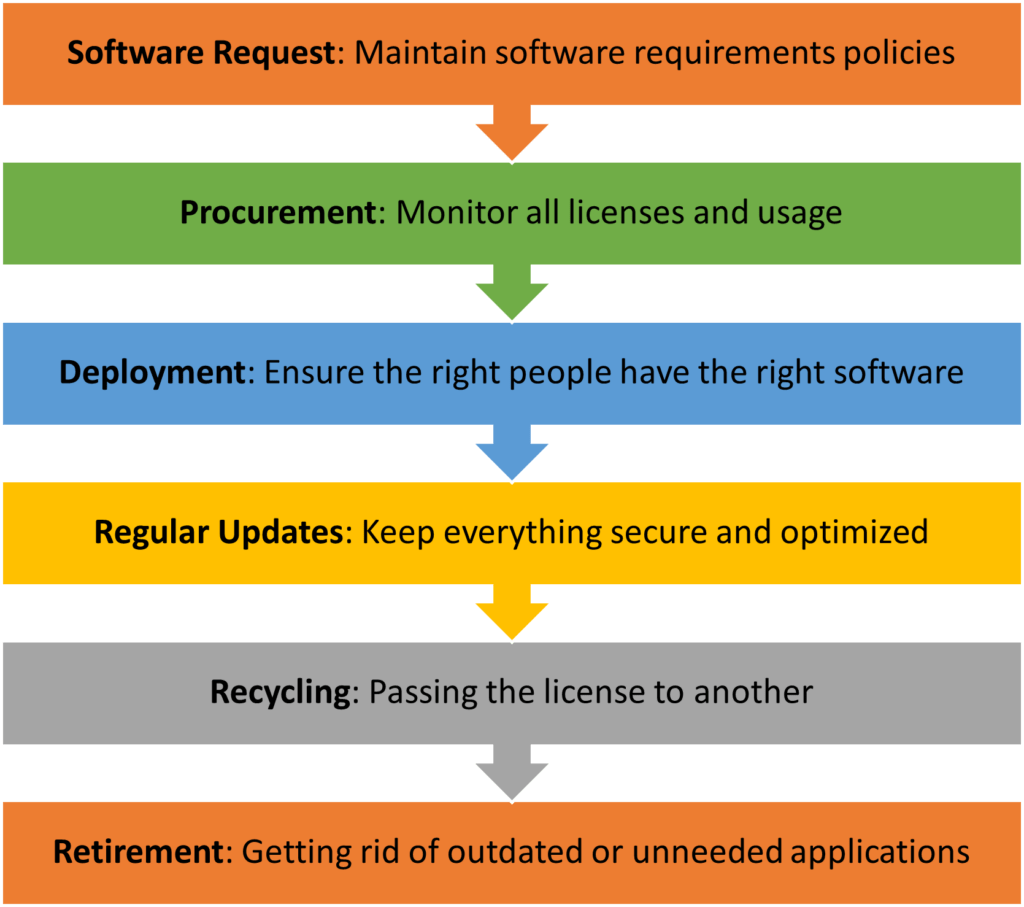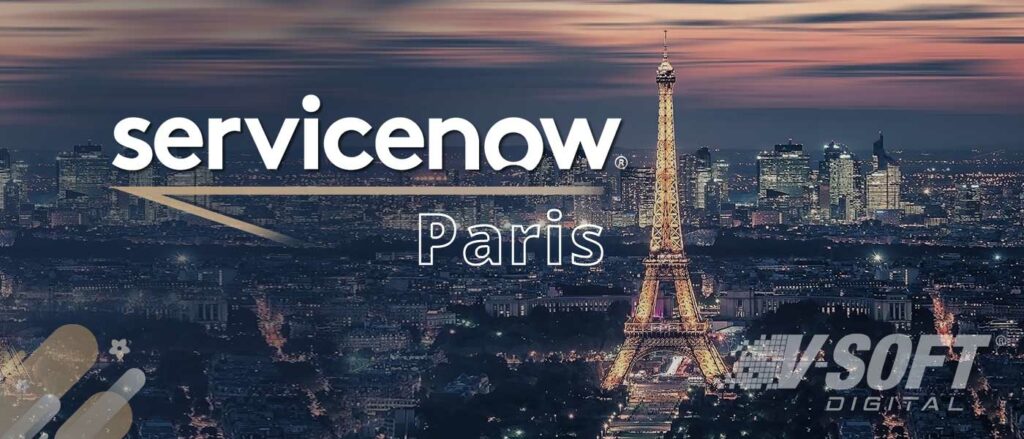Why ServiceNow Software Asset Management is the Smart Tool to Manage Software Assets
Enterprises are spending more than ever on software and IT. Gartner research reveals that worldwide IT spending is projected to total $3.9 trillion in 2021, with $505.7 billion attributed to enterprise software, $332.9 billion attributed to remote work-related services, and $705.4 billion attributed to devices. As enterprises bring in more software and services, it has become challenging to manage and utilize these IT assets.
This is largely due to manual processes and legacy tools, resulting in a lack of visibility into assets and how to strategically use them. ServiceNow’s software asset management solution increases visibility into software assets and strategically improves the management of software asset spend.
Software Asset Management (SAM) Challenges
Most legacy SAM tools are complex and often require manual processes. This creates unorganized and error-prone data, limited visibility, hard-to-conduct audits, license compliance issues, and lack of connectivity with other tools. Because of these challenges, it’s not easy for IT teams to gather data, generate and analyze reports, and understand their complete software management processes.
Despite integrating tools in ITIL, these challenges continue to bother IT teams and result in IT incompetence. Since ITIL integrations are fragile, exporting and importing data between systems is difficult. Additionally, IT teams lack real-time transparency into overall operations, which increases maintenance costs.
Overcoming Challenges with ServiceNow Software Asset Management
As defined by ServiceNow, Software Asset Management is a single-architecture platform, enabling faster outcomes to reduce spending and license compliance risks. This platform helps IT teams administer and manage software assets.
SAM incorporates software activities such as:
- Requests
- Procurement
- Deployment
- Policies
- Updates
- License management
- Compliance
- Governance
- Renewals
- Vendor management
- Removing unnecessary applications

ServiceNow Software Asset Management Solution Offerings
1. Software Spend Detection Module
- Helps IT teams trace, evaluate, analyze and regulate software expenditure
- Streamlines processes and reduces costs by organizing software products based on functionality
- Allows IT teams to view overall spend in the Software Spend DetectionOverview Dashboard

Figure: ServiceNow Software Spend Detection Dashboard
2. License Workbench
The License Workbench lets you project business requirements by comparing the licenses used versus the total licenses purchased. Based on this data, one can stay in compliance by purchasing or removing user licenses.

3. SaaS License Management
Using the SaaS License Management application, one can review SaaS usage data, license compliance data, and costs, and retrieve subscriptions that have partial or no activity.

Figure: SaaS overview dashboard
4. Software Asset Connections
The Software Asset Connections application discovers the installed software’s location and device owner. This data is then merged into the CMDB application.
Figure: Figure: Software Asset Connections process
5. Engineering License Management
The Engineering License Management application provides deep insights into usage and license position to optimize licenses for engineering applications. Organizations can avoid auditing risks and ineffective licenses. The application validates floating, network, and token licenses.
Figure: Engineering License Overview dashboard
6. Application Portfolio Management
Using Application Portfolio Management can ensure software assets are up to date. Avoiding unnecessary and outdated applications allows organizations to lower IT operational costs. Assessing apps and services that favor business capabilities also allows businesses to drive the right decisions for growth and can align investments against revenue streams.













